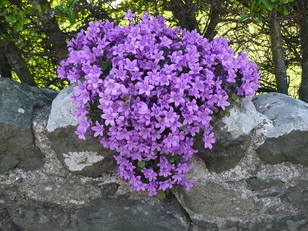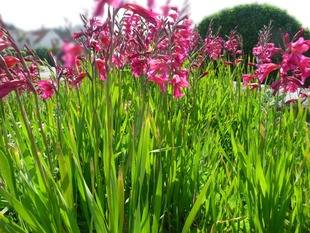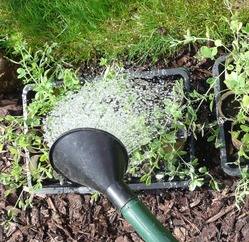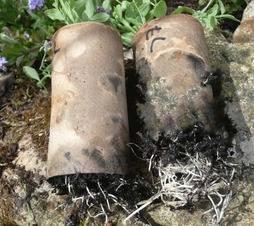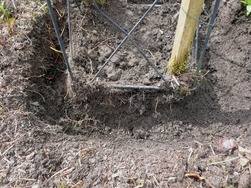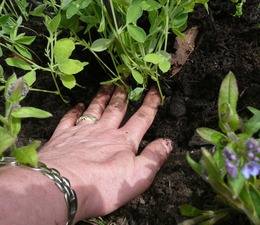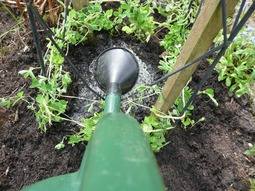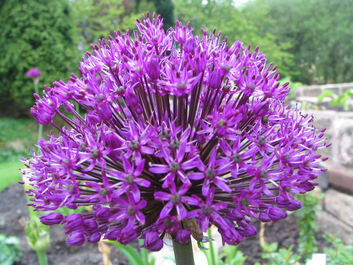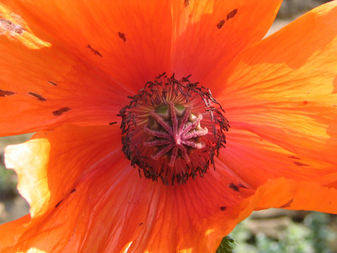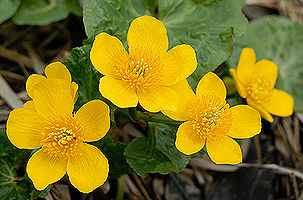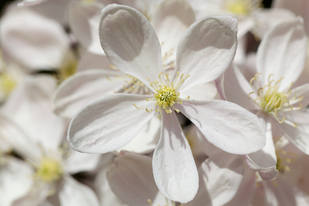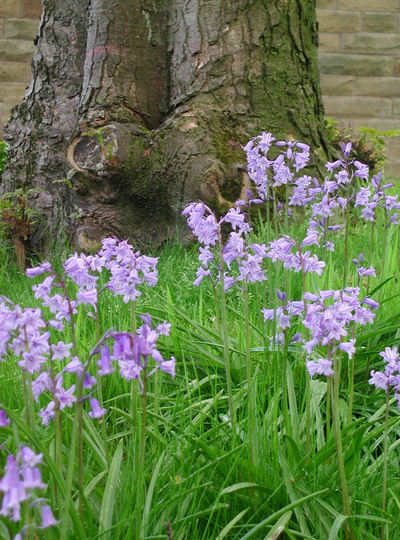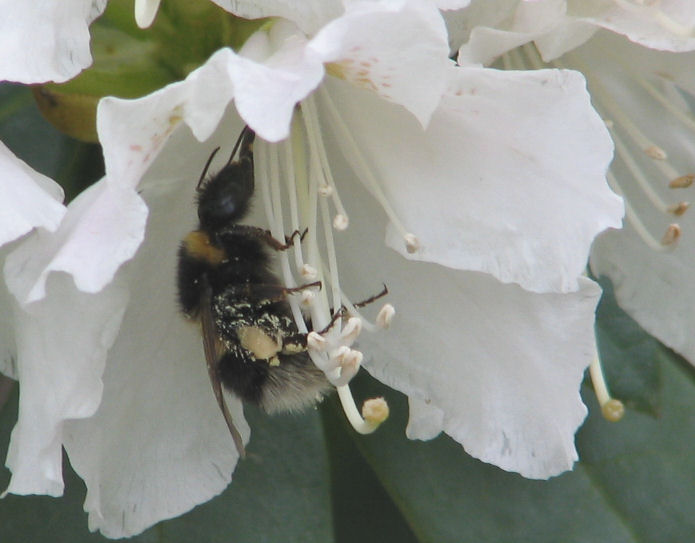Pause
Posted on
|
This is such a busy time in the garden. The risk of frost is nearly over and everything needs planting out in the garden and the veg plot. The spell of nice weather has produced a gardening marathon. It's very satisfying to see the veg plot populated and lots of plants into the borders with the promise of colour to come later in the year. We garden for the pleasure of the garden we create, but pause, as I think gardening is more than just physical and creative activity.
This year I am going to grow only one pre germinated mat, and along side it sow a mixed wildflower seed from one of the garden centres or on line to see how they compare as the seed will be cheaper. More about this later in the Blog, for now I'm back out to the birdsong. If you have a gardening question, need free advise on what to plant where or problems identifying a plant contact The Sunday Gardener
|
 |

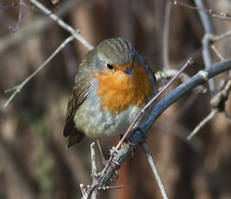 Yesterday, I paused to enjoy the sun and watched a pair of Robins attracted by the newly dug patch of earth and it's offerings. The male checked us out, decided we were no threat, and bobbed down to nick a worm or two, singing away as he did and joined by a wren whose beautiful melodic song soared taking my spirits with it. A moment of stillness, the simple pleasure being outside and watching birds; its not just the exercise, gardening feeds the soul; for thousands of gardeners it is therapy, outside and close to nature.
Yesterday, I paused to enjoy the sun and watched a pair of Robins attracted by the newly dug patch of earth and it's offerings. The male checked us out, decided we were no threat, and bobbed down to nick a worm or two, singing away as he did and joined by a wren whose beautiful melodic song soared taking my spirits with it. A moment of stillness, the simple pleasure being outside and watching birds; its not just the exercise, gardening feeds the soul; for thousands of gardeners it is therapy, outside and close to nature. 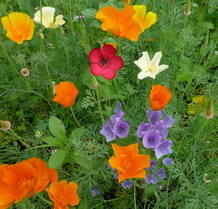 But back to work, the patch has been dug in readiness for a wildflower area. There is a quick and very easy way to make a wildflower patch using a pre impregnated mat which is explained in detail on the
But back to work, the patch has been dug in readiness for a wildflower area. There is a quick and very easy way to make a wildflower patch using a pre impregnated mat which is explained in detail on the 